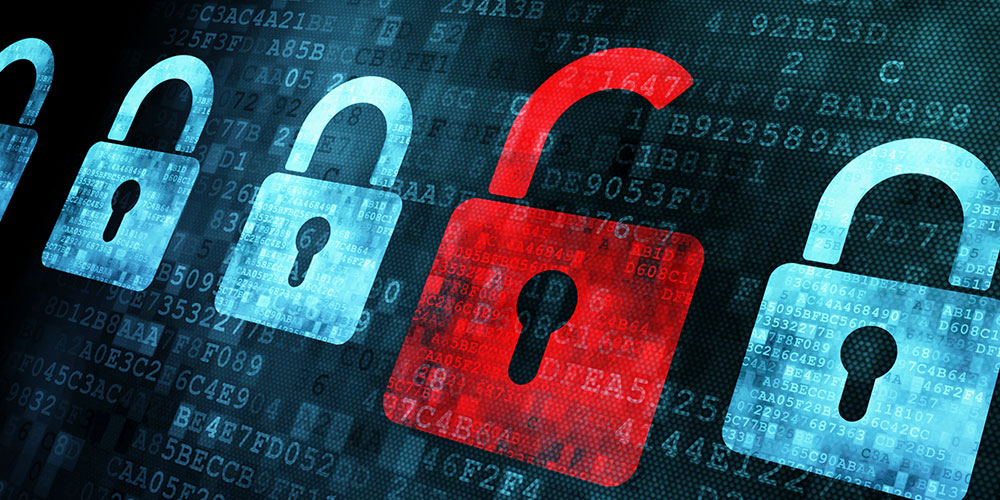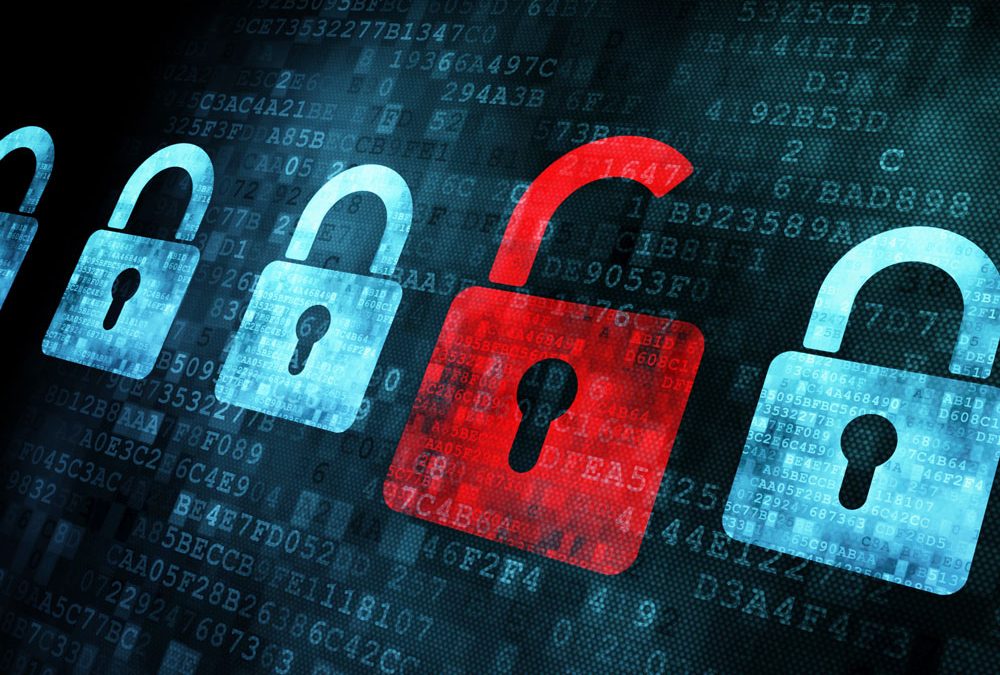
Mar 9, 2023 | SMB Technology, SMB Technology, SMB Technology, SMB Technology, Technology News
How do you know how strong, secure and flexible your company’s IT network is? Does network traffic move along seamlessly, or get bogged down by insufficient bandwidth or other bottlenecks? Even more important, can you count on your network to keep your data secure, safe from attack or compromise? Read on to learn more about assessing the health of your network by answering these and other questions. The Marks of Network Health A healthy network has enough bandwidth to handle traffic from mission-critical business activities, the flexibility to provide failover for seamless operation and the security to protect data and applications from compromise. Your network is the backbone of your IT infrastructure, and digital transformation, data protection, cloud computing, communication and collaboration applications all depend upon a strong network to function at their best. Performing an Audit of Your Network Has it been a while since you’ve assessed your network’s health? An audit is a good place to start. The gathering, analysis and study of network data can show where weak spots lie, whether they’re bottlenecks that traffic can’t clear, or spots in the network that aren’t secure. Operating system patches can be applied, and any versions of anti-virus and anti-malware definitions updated. With a clear idea of your network’s strength and security, it’s easy to know what to fix. Consider the Human Element of Network Security Technological tools aren’t all that’s needed to safeguard your network. Your workers also play a vital role. If they manage their passwords well by establishing hard-to-guess ones at the start and changing them periodically, they can...

Dec 4, 2018 | SMB Technology, SMB Technology, SMB Technology, SMB Technology, Technology News
Over the last ten to fifteen years, the cloud has gone from new technology to accepted–and by many, embraced–fact. According to a recent CompTIA study, cloud computing is now a critical part of today’s IT operations, powering everything from Cloud Backup to handling email and other commonly used applications. With this growth, as well as the growth of cybercrime, cybersecurity is an ever-present concern. Read on to find out about cybersecurity considerations in cloud computing. Keeping Data and Applications Safe in the Cloud Many businesses are storing their data and applications in cloud data centers, or in a hybrid (part cloud, part on-premise) cloud environment. How can these resources be kept safe from cyberattacks? On-premise security measures can include keeping anti-virus and anti-malware definitions up to date along with operating system patches to keep cyber criminals from getting through. The considerations for cloud cybersecurity are a bit different. One consideration for a business is whether they want to have their data and applications in a public or private cloud environment. The public environment may do well enough for some businesses, but for certain highly-regulated fields such as healthcare, the private cloud environment is important to maintaing compliance. Or certain businesses can have some applications in a private cloud environment, but their email is hosted in the public environment. Whichever environment the resources reside in, data encryption is important as well. If a cyberattack occurs, encryption ensures that the information cannot be read and misused. Data must be safe both while in transit to the cloud and once it resides there. The Role of Network Monitoring Finally, network monitoring is...

Sep 6, 2018 | SMB Technology, SMB Technology, SMB Technology, SMB Technology, Technology News
With daily business processes as well as innovative new technologies like the Cloud Computing, keeping your company’s data and systems safe is a top priority. Damages from cybercrime, in the form of lost revenue, continue to mount; in the next few years, the cost could reach as much as $6 trillion a year. In daily business activities, companies gather, store and use a great deal of customer data. Employees, thanks to Software as a Service (SaaS), can now work anytime, anywhere, accessing company data from outside the office. Both your technology and your employees need to be ready for multiple threats to the security of your network. Read on to learn more about how to protect your business’ revenue and reputation and keep the business running smoothly. Knowing and Guarding Against Cyber Threats Cyber threats come from both inside your company and outside and can affect businesses of all sizes. Not only can malware and viruses attack your system and steal and/or destroy company data, lack of understanding of threats by employees can compromise the safety of your systems. Be sure to have the latest definitions of your anti-virus and anti-malware definitions up to date. Along with these protections, establish a culture of security. This should work from management downward and emphasize that everyone has a role in keeping your systems safe and your business productive. Keep an Eye on Your Network Another way to keep your business running smoothly is to monitor your network. Network monitoring can be done off-site, 24 hours a day, and can spot and eliminate threats to your security. It can keep even small...

Aug 16, 2018 | SMB Technology, SMB Technology, SMB Technology, SMB Technology, Technology News
A business’ network is relied upon heavily for many daily functions, and there are many places problems can occur. According to CompTIA, four leading security concerns are attacks from ransomware and malware, viruses that can get into your network and destroy data, and hacking attacks from cybercriminals. Along with these, there is also the possibility of outages caused by poorly-functioning circuits, and these outages result in lost productivity and revenue. Network monitoring can find and resolve these problems before they cause damage. Read on to learn about the role of network monitoring. Why You Should Monitor Your Network Network monitoring is a proactive way of detecting threats to the security of your network, resolving them before they cause serious problems. This can save your company both time and money, when network monitoring is part of an overall managed services plan. Possible cyber attacks can be prevented, thereby protecting your company from data loss and compromise of reputation. Not only that, but circuit monitoring can find bottlenecks that slow down your system and cause data loss and leakage. Access to your network can be tracked, finding unauthorized access by former employees, or social media usage that consumes a great deal of bandwidth. The Advantages of Remote Network Monitoring By having your IT service provider monitor your network remotely, your business can rest easy knowing that issues are caught and fixed without a trip to your office and can be fixed before data is compromised or systems are slowed down. This helps keep IT costs down by preventing problems before they get out of hand. Your network is protected from viruses...

May 16, 2018 | SMB Technology, SMB Technology, SMB Technology, SMB Technology, Technology News
As Technology grows, so does the complexity of threats to your network–hackers infiltrating your network and stealing passwords, infection of your network with malware, phishing schemes, and even cybercriminals masquerading as your own IT staff, all these pose risks to your network’s security. Your network is only as strong as its weakest link. And sometimes, that weak link is your human capital. According to a CompTIA white paper, network security was a key issue on the minds of business owners coming into 2018. Cybercrime damages are expected to reach $6 trillion annually in the next few years. Keeping malware and antivirus definitions up to date, and having OS patches ready is necessary, of course. And so is data encryption. But don’t overlook the human element. Human error is implicated in more than half of all data breaches, more than technological error. The education and training of employees plays an important part in keeping your network secure. A Culture of Security As important as technology tools are, the human element is even more so. When a data breach occurs, human error is at fault more than 50% of the time. So what can you do to train your employees? Part of the solution starts at the top. Managers need to adopt a strong security orientation for the entire company, educating all employees in how to recognize potential threats–phishing schemes, for example–and to report these threats. They need to keep up with the dangers related to social media and unsecured “hotspots.” Also, they need to be told about the establishment and management of strong passwords and data encryption. Should a data...






